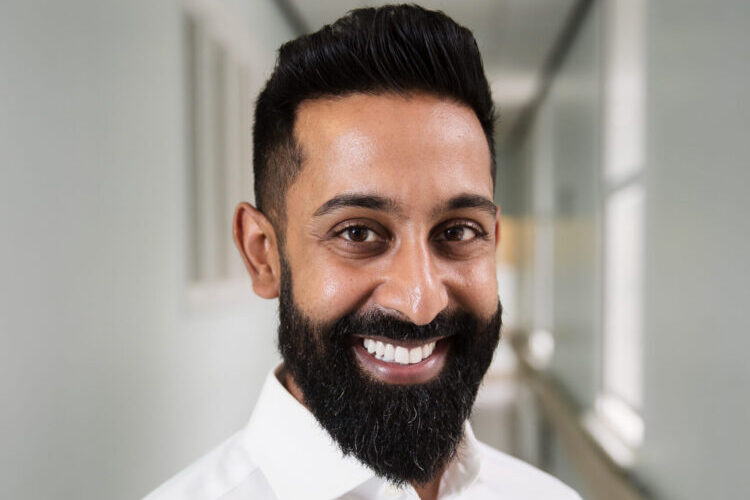It’s long been understood that people with nystagmus can struggle to pick out objects from an image or face in a crowd. That’s a phenomenon called visual crowding. But how … Continue reading Nystagmus does cause visual crowding – it’s official


It’s long been understood that people with nystagmus can struggle to pick out objects from an image or face in a crowd. That’s a phenomenon called visual crowding. But how … Continue reading Nystagmus does cause visual crowding – it’s official

A new research project is being undertaken at Moorfields Eye Hospital and University College London. The aim of the study is to understand better the visual abilities of people with … Continue reading New research project on visual crowding in CIN